On-page SEO (or on-site) is the practice of optimizing web page content for search engines and users.
Common on-page SEO practices include optimizing title tags, content, and internal links.
If optimization is not done correctly, Google crawlers may interpret the
content wrongly and the website may be displayed for unrelated or unintended users.
The structure of a website can be divided into two portions: head, and body sections. The Head section contains a title tag and a basic snippet. A basic snippet can be referred to as the portion of the website shown in the google search results page.
Importance of Page Title
- Gives a hint to the crawler as to the content of the page. (Search Engines during the crawling and indexing phase try to associate a page with related keywords and page title is one of the elements that is considered).
- It is shown on the search results page. (It should be interesting to encourage the users to click and visit the website).
- Page Title is shown in the social media snippets. ( Title also appears on social networks when it is shared or posted. It should be good enough to get likes and shares and this increases visibility and click-through rate which in turn increases SEO).
How to optimize the title tags?
A title tag is a great way to increase organic traffic.
- It should include keywords or search terms on the title. This can attract related users particularly, and this increases CTR.
- Adding question marks on the title in relevant cases. Users looking for the answers to similar questions click to get their answer.
- Adding brackets and numbers.
- Keep the length of the title to 60 characters or less. ( To make sure users can see the title in the snippet completely. pixel width is 512.
- It is advised to avoid full capital letters or small letters usage in title tags. The minimum limit is 3 words).
- Use Title tag Modifiers. ( Eg. fast, guide, checklist, reviews) for long-tail versions of your target words).
Description Meta tags
A good meta description helps your result stand out, which can boost organic CTR. Google bolds the terms that match the person's query.
- Character limitation is 150-160 characters for pages and within 155 characters for blogs or articles as the date also takes up some space in the pixel width in the snippet.
- It should be free from spelling or grammatical error issues.
- If the description does not match with the content of the website, Google adds a description tag by itself, or from any authorized pages if your page is mentioned there.
- If the website is mentioned in the open directory project Google may take up the description provided there as the meta description tag.
Content Optimization
Effective content optimization is a vehicle for modern SEO. Let's discuss some techniques and tips which can be used to optimize the content.
- Use the target words in the first 100 words: Even though it is an old school tactic, it still helps to attract the eyes of the users. Google puts more weight to the terms that occur early on the page.
- Make your blog post title in H1 and the subheadings in H2 tags.
- Add relevant H1 tags helps to give the user as well as the web crawler the matter of the content. It is advised to use H1 single time on a page to avoid confusion. H2 tag is also best when used only once on a page. While H3 and H4 tags can be used multiple times depending on the length and depth of your content.
- Include your target word in at least one subheading.
- Add anchor text in your content. It is the most visible part of the content and helps to increase the visibility of keywords or other relevant terms.
- Keyword Density is the amount of the occurrence of the keyword in the page. Even though Google may deny that using the same word multiple times helps, SEO practitioners, swear by this technique.
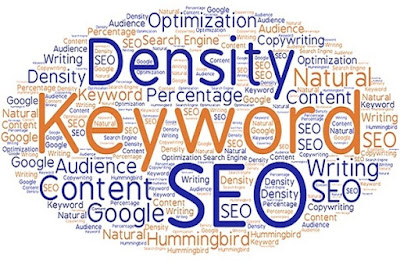
- Use outbound links : External links to related pages( authority pages) helps Google to understand the topic better. It also shows that the page is a hub of quality information.
- Optimize the URLs for SEO: Make it short and include the target word in the URL.
- Include the focussing keyword just before a full stop or comma.
- Bolding the focussing word or important terms helps the user to get an overview as to what is being discussed in the content. It also helps to improve reading easiness.
- Never link related pages that have the same content as your page. This has a chance to pass the equity to the outbound links, which in turn decrease our page ranking.
Image Optimization Techniques
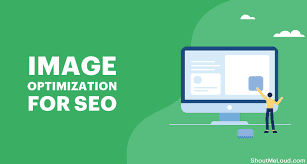
- Give every image of the page Alt text and a descriptive filename. This helps Google understand what the image is about.
- Make one image optimized around the keyword and use the same keyword as part of your image alt tags.
- Optimized images help search engines understand the content of the page.
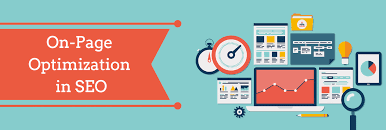
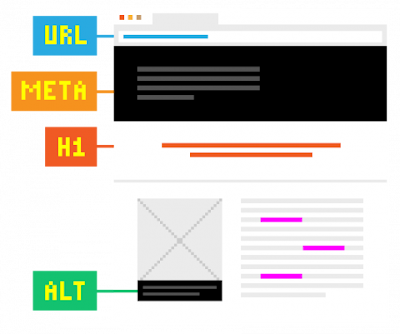
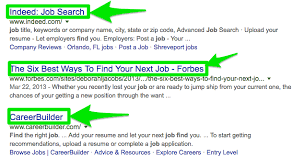
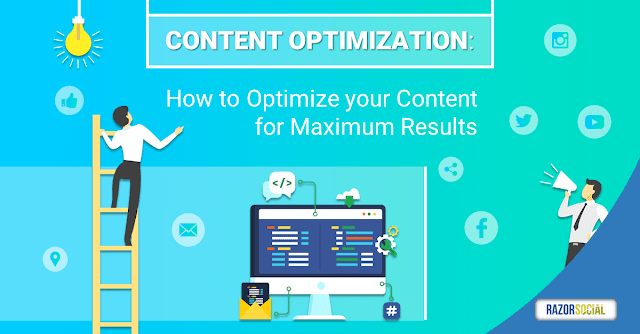
No comments:
Post a Comment